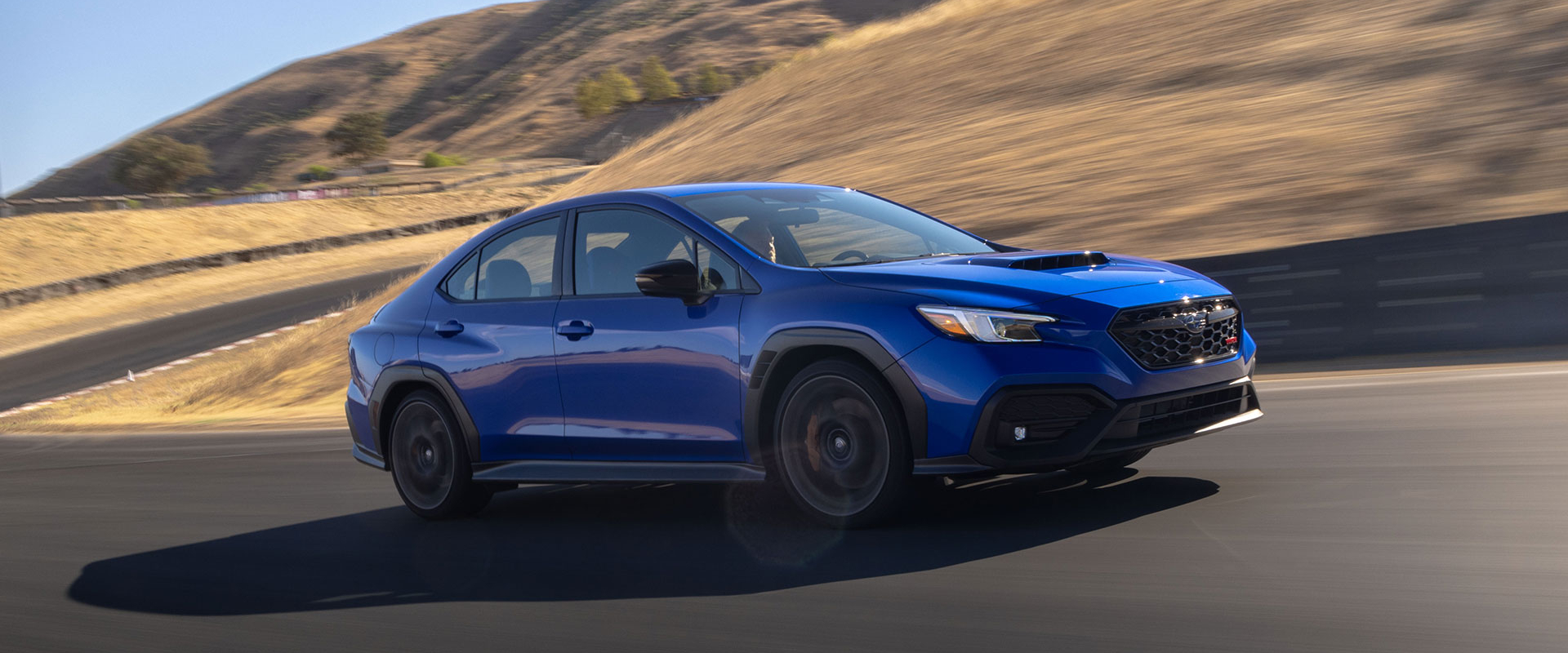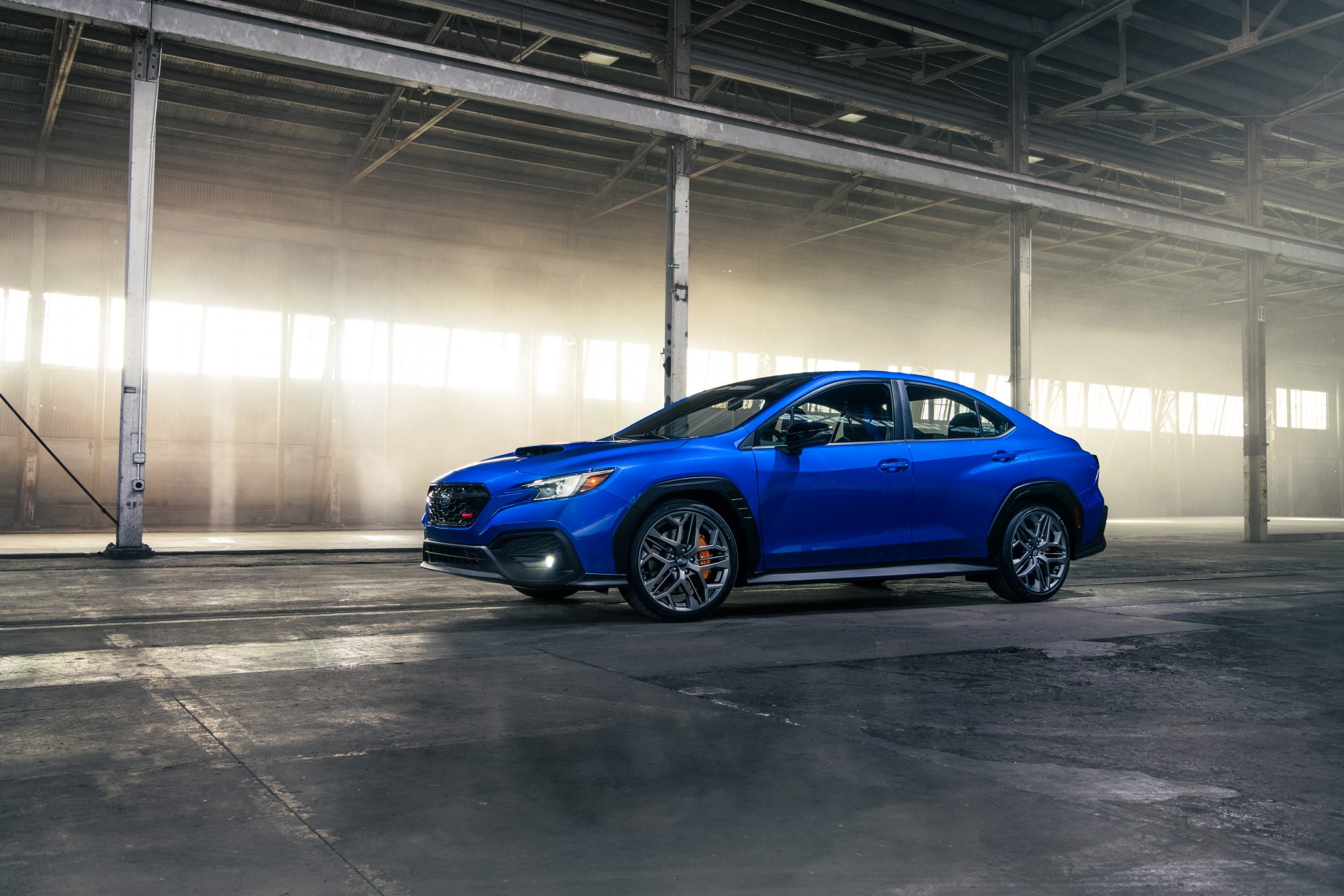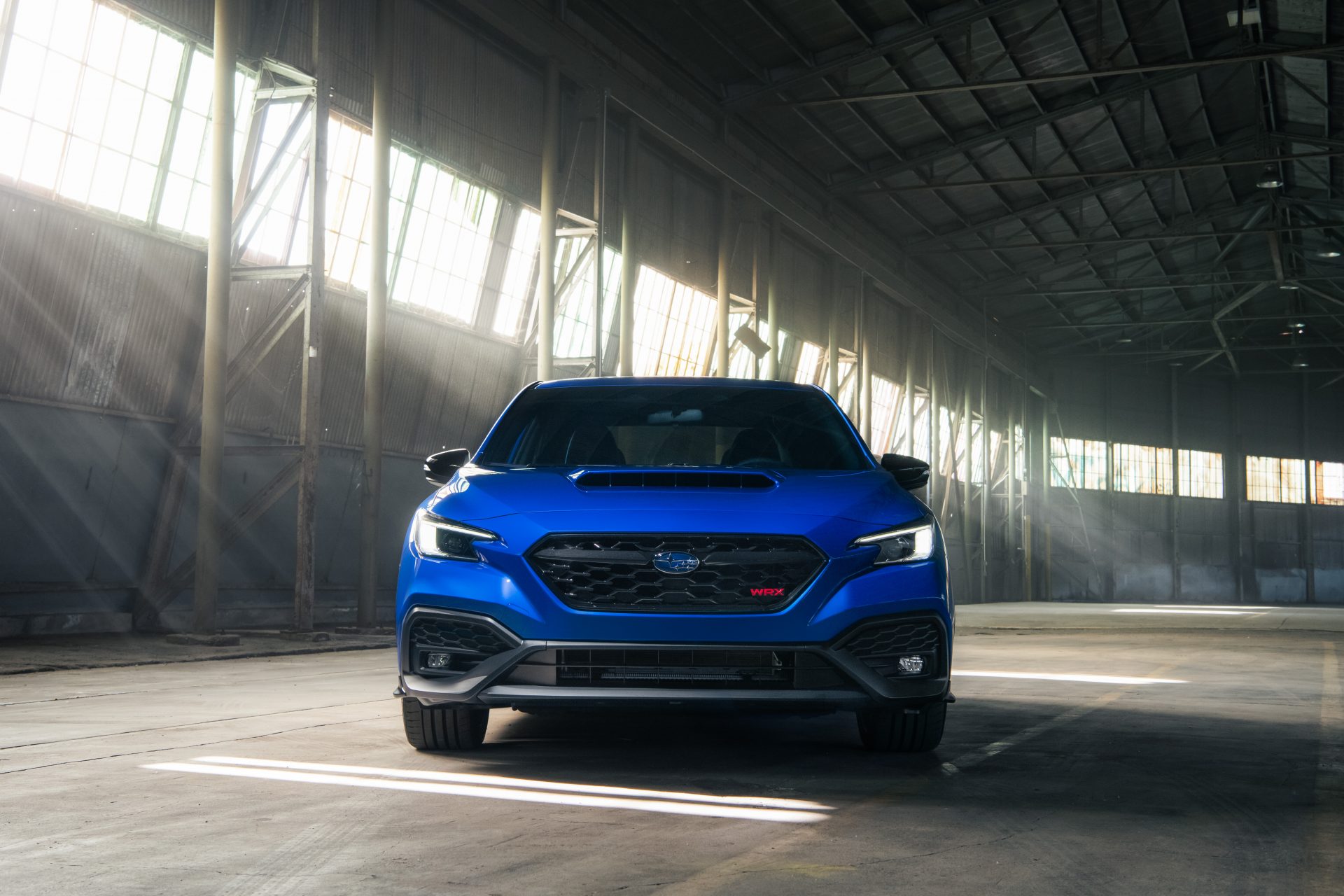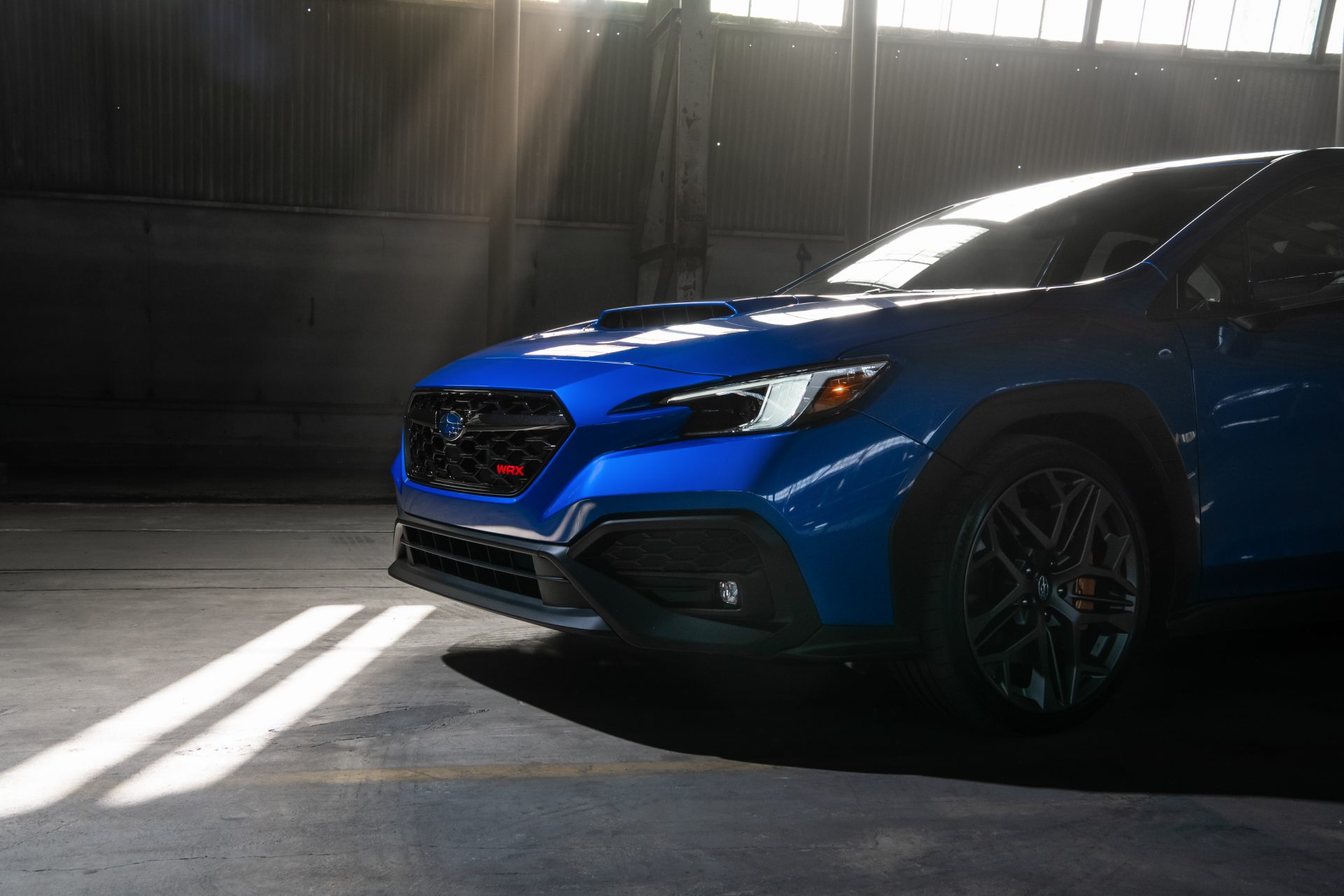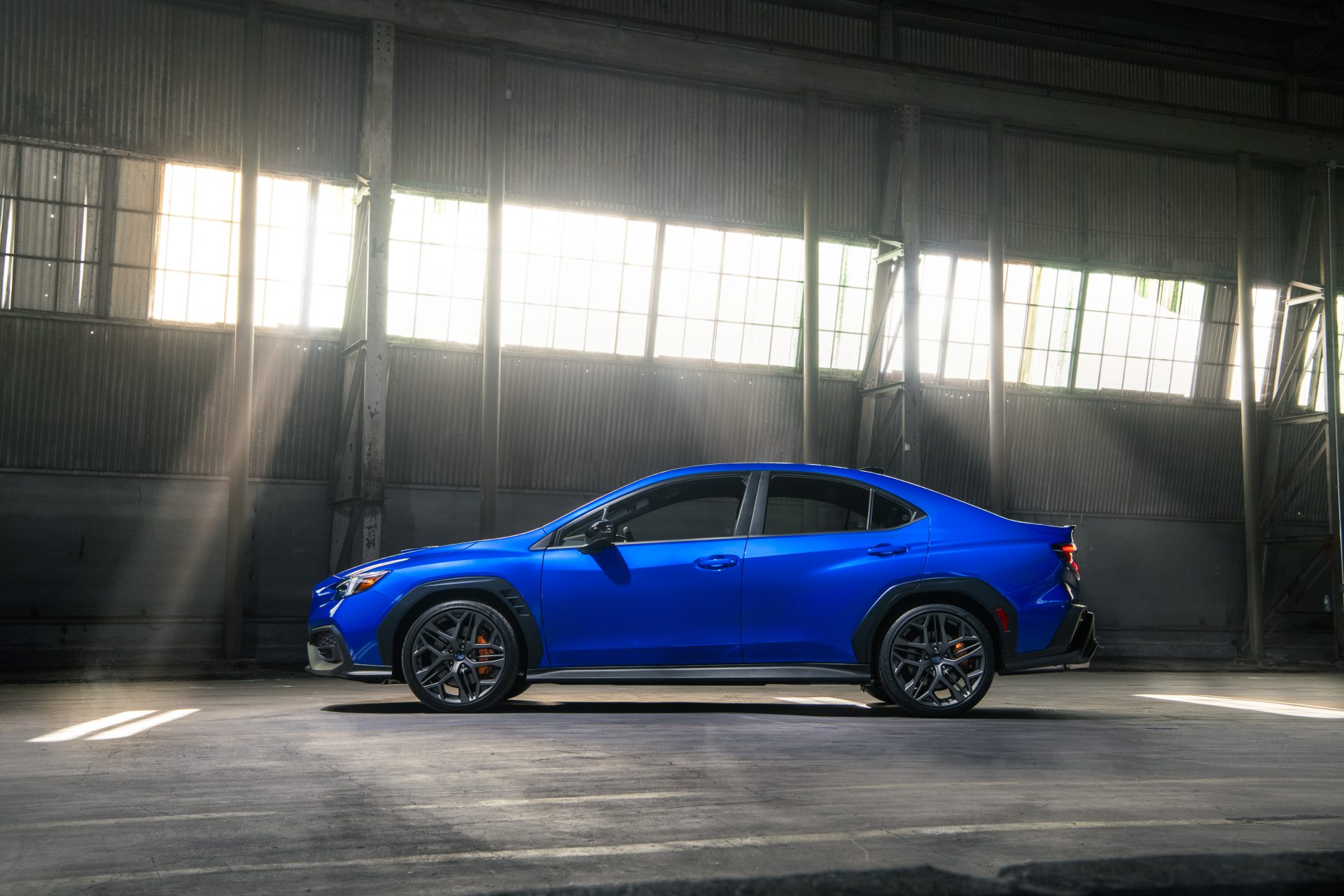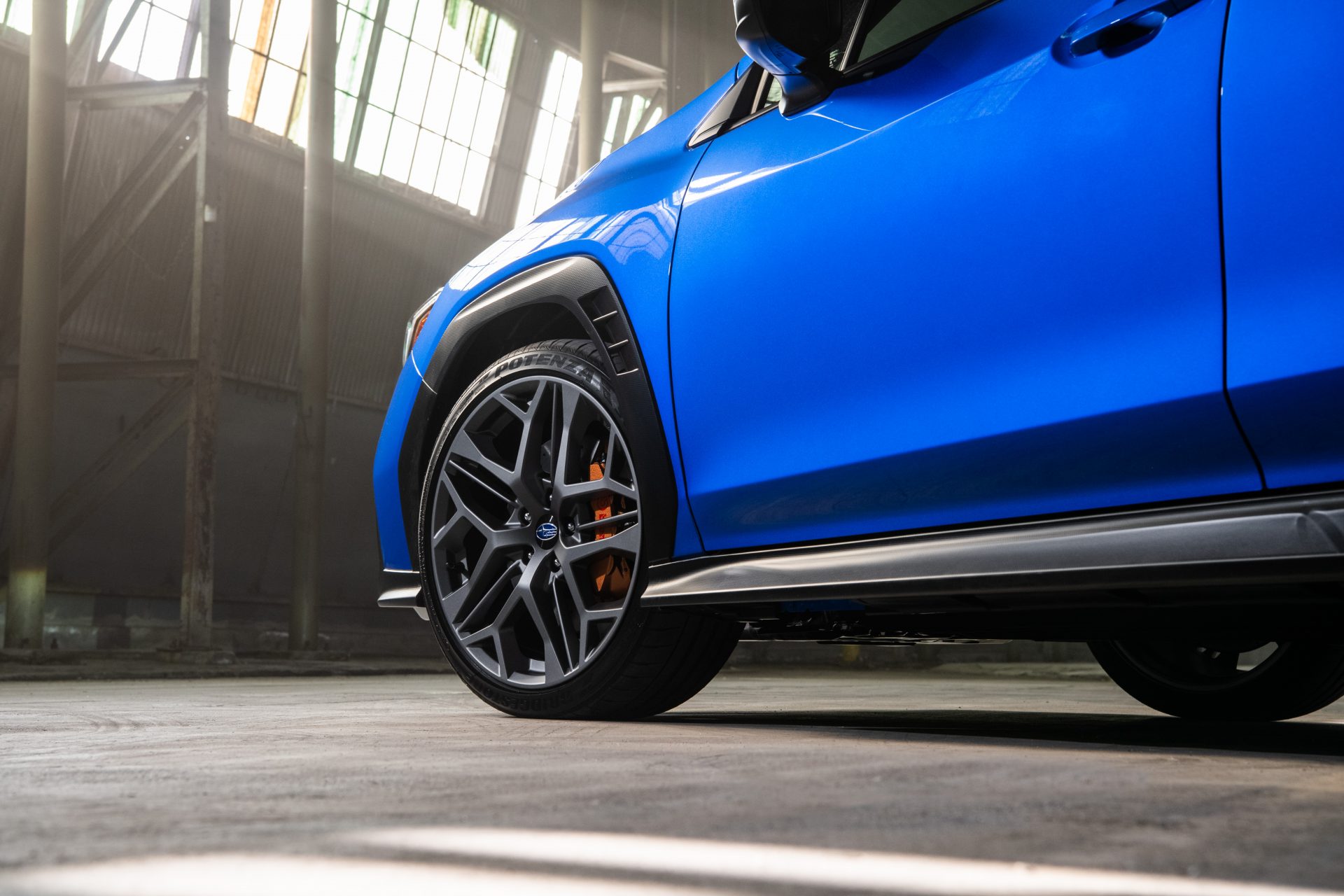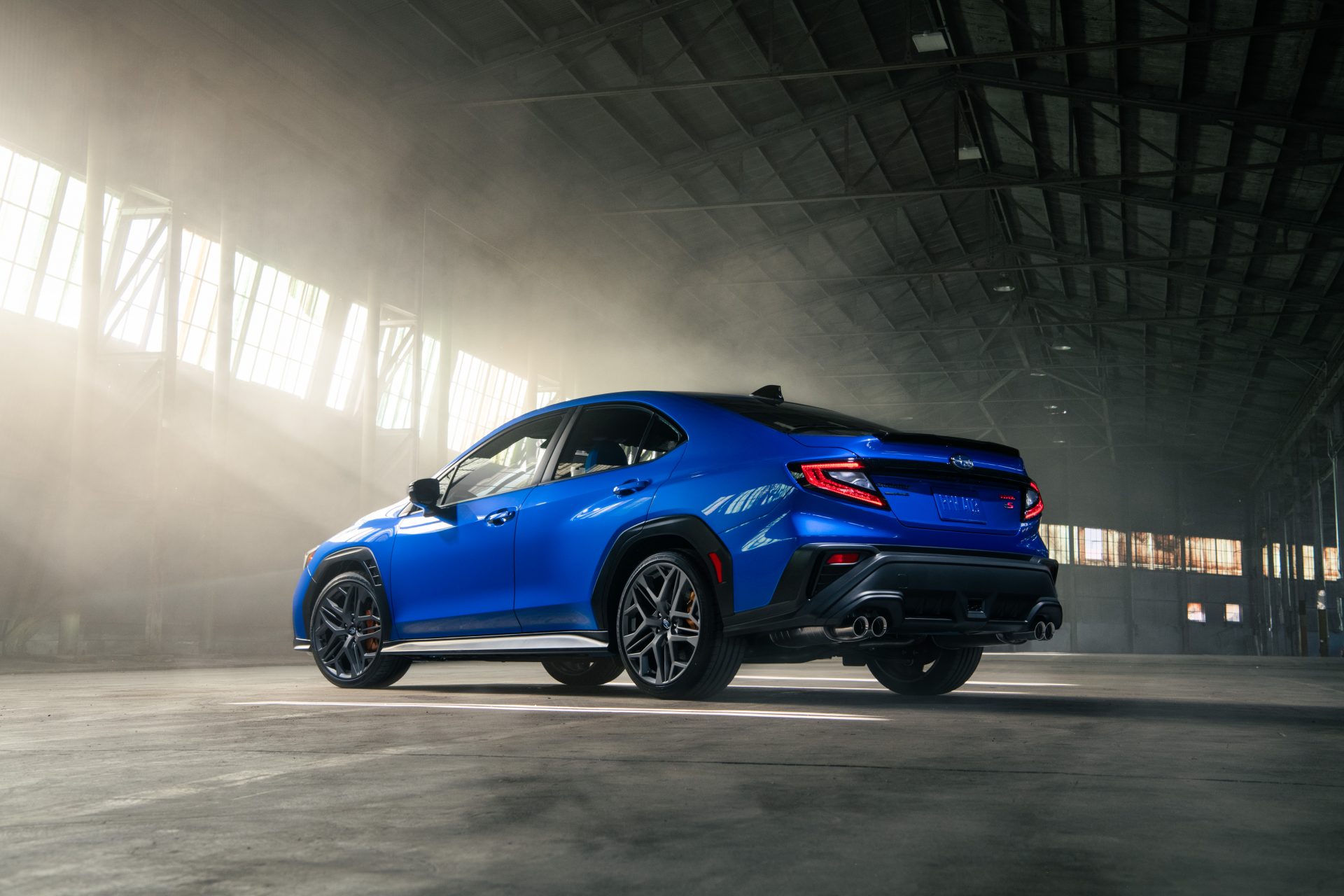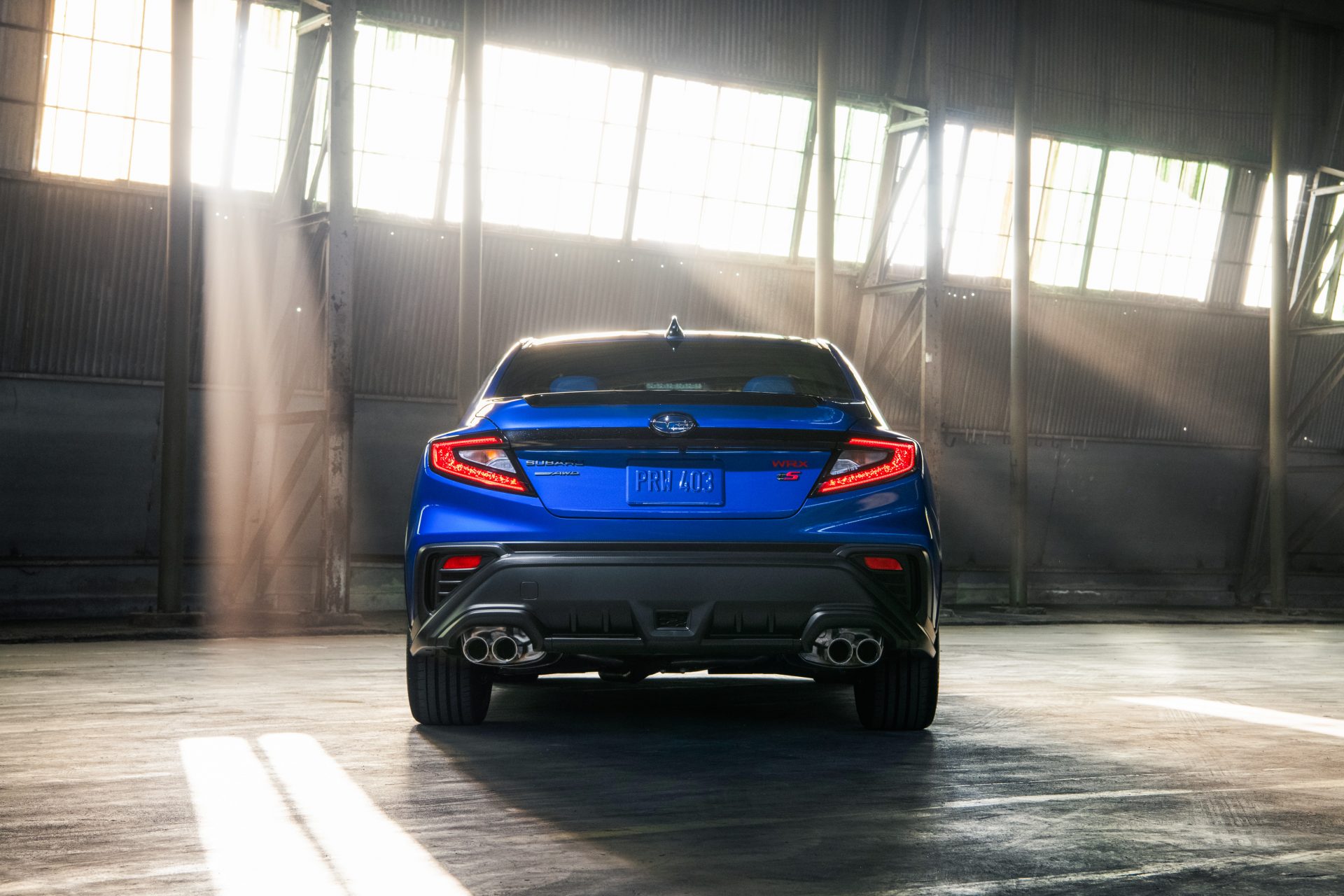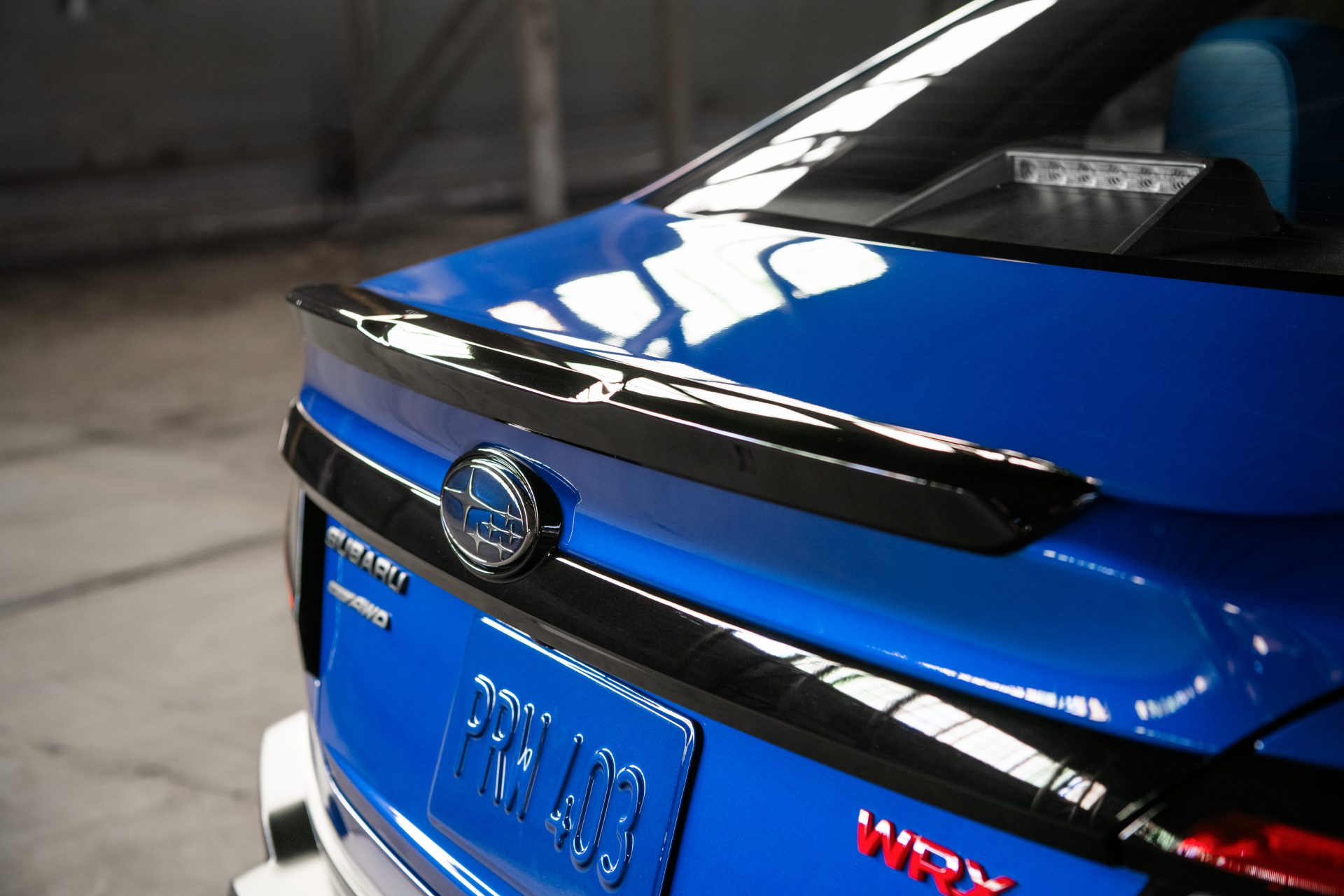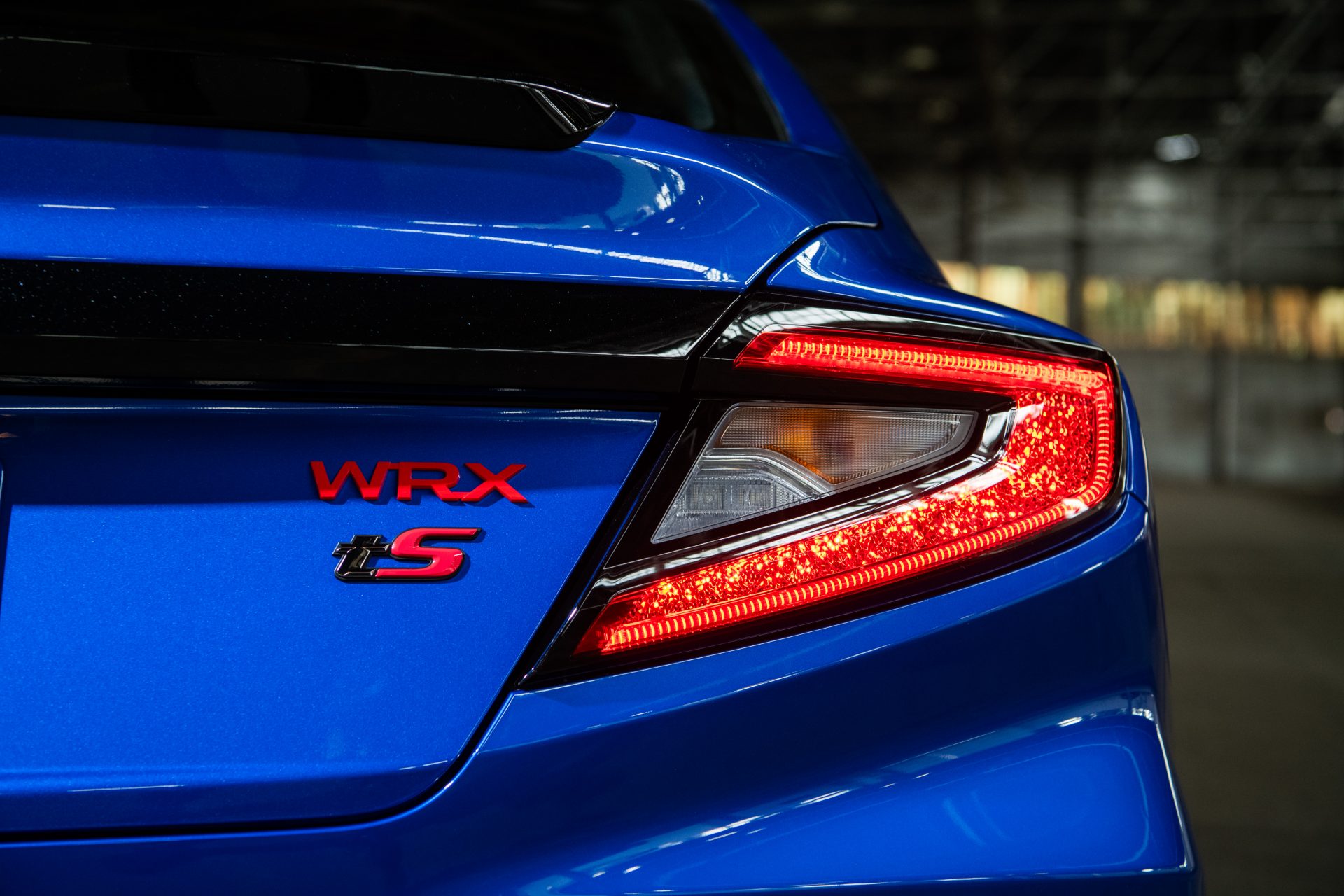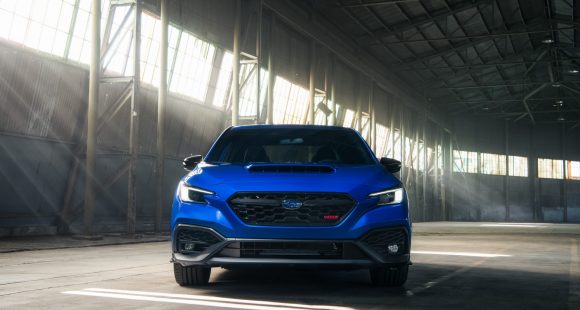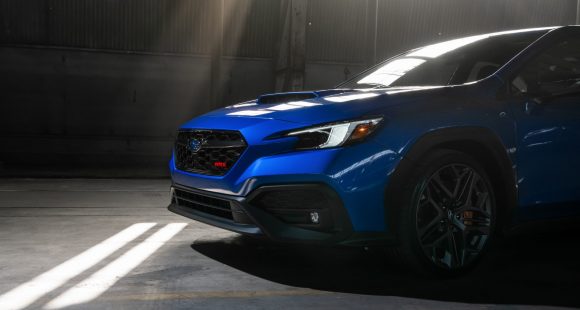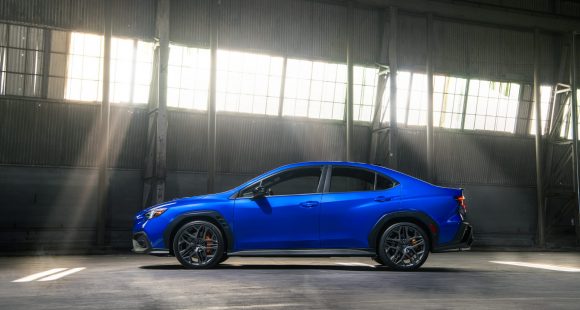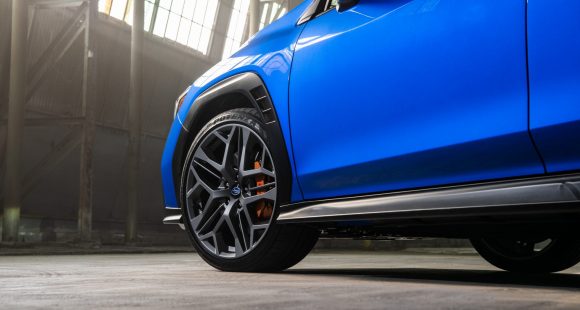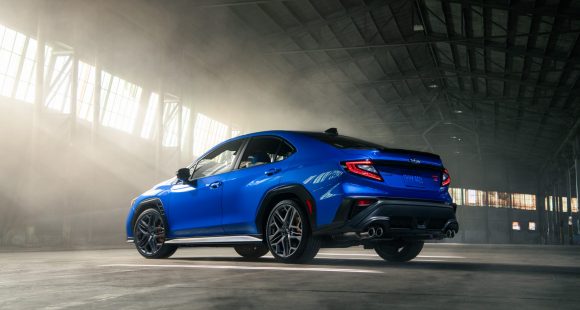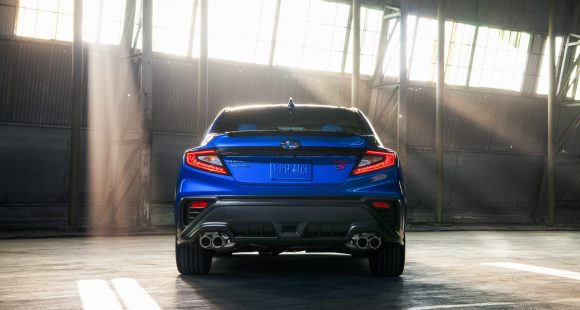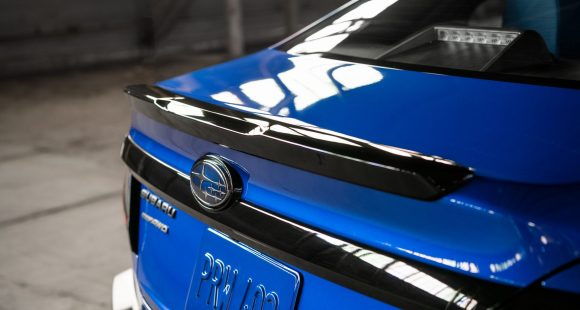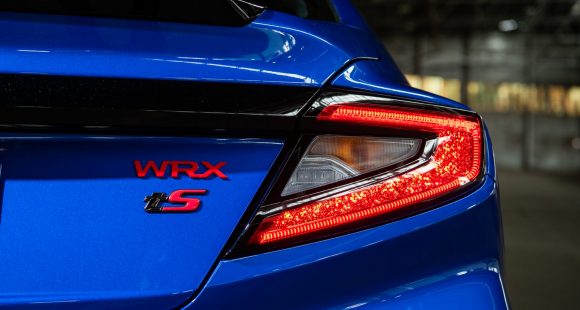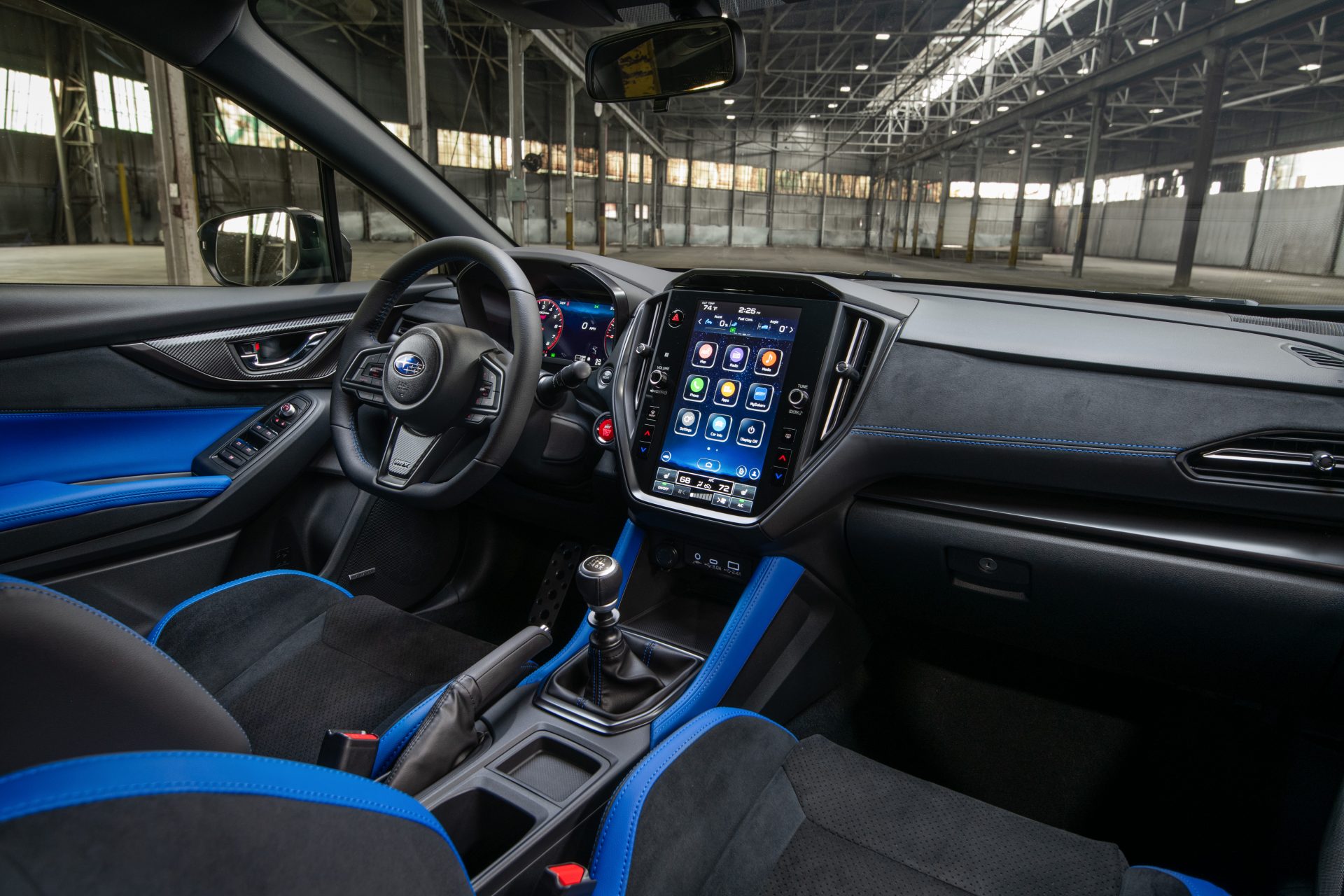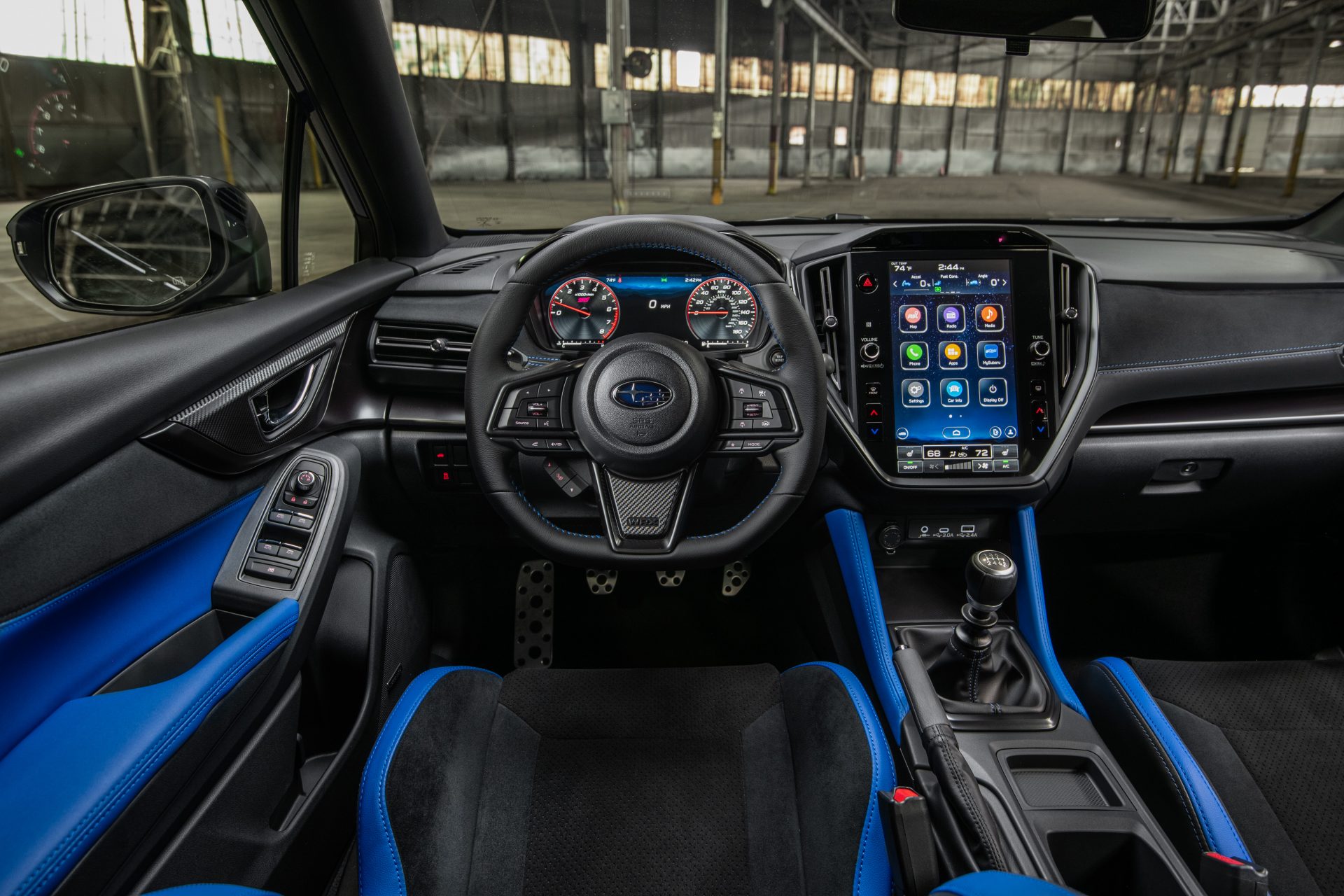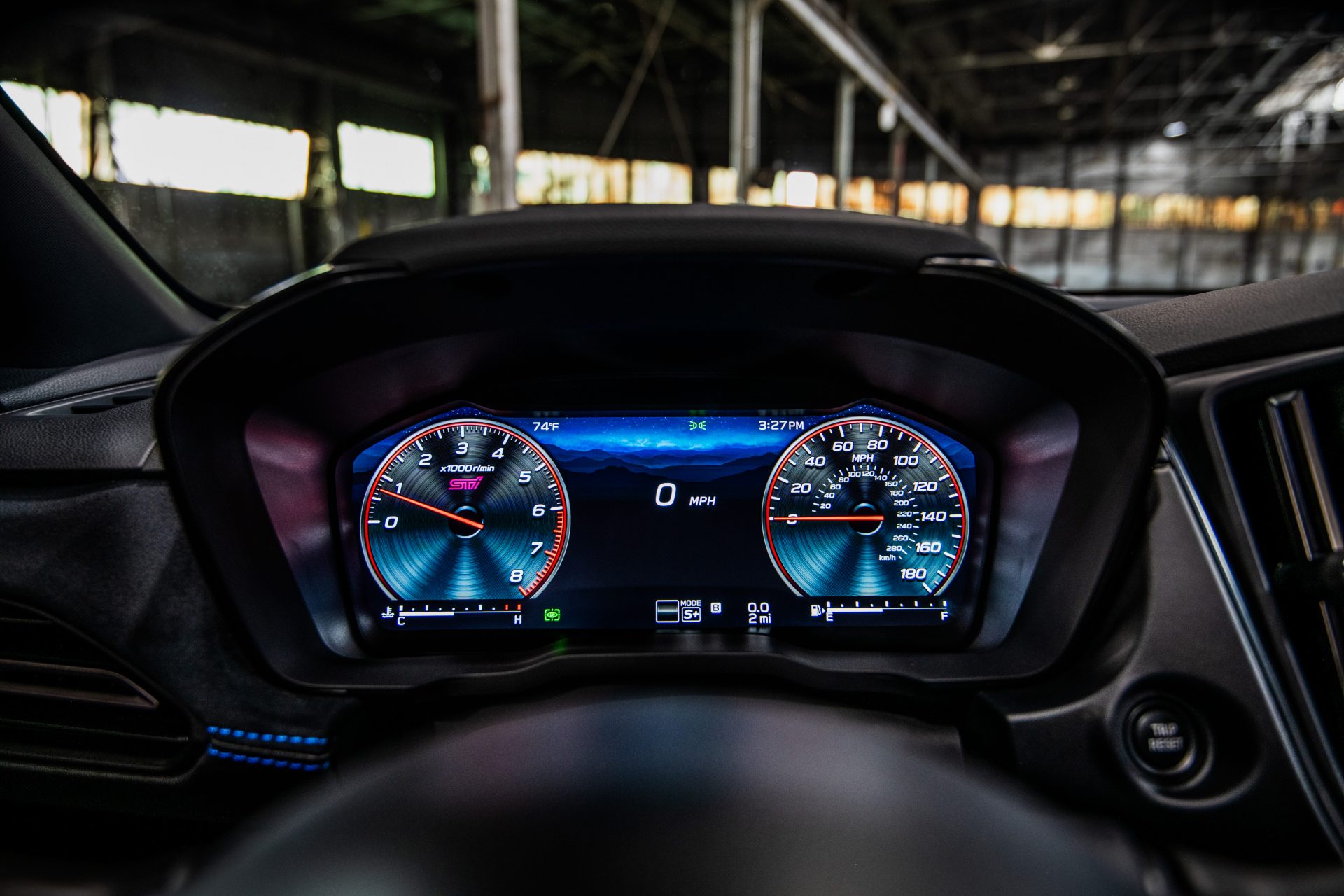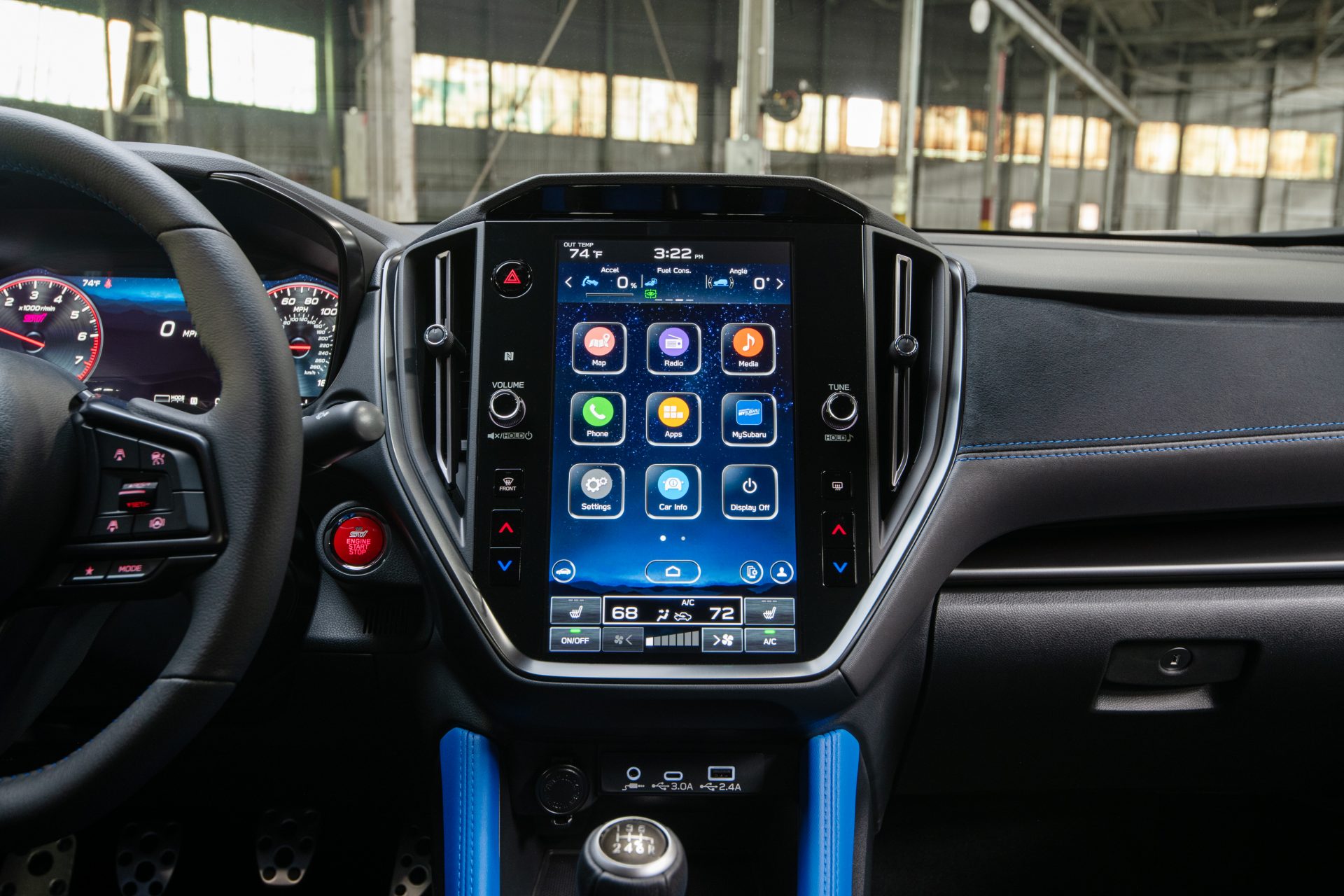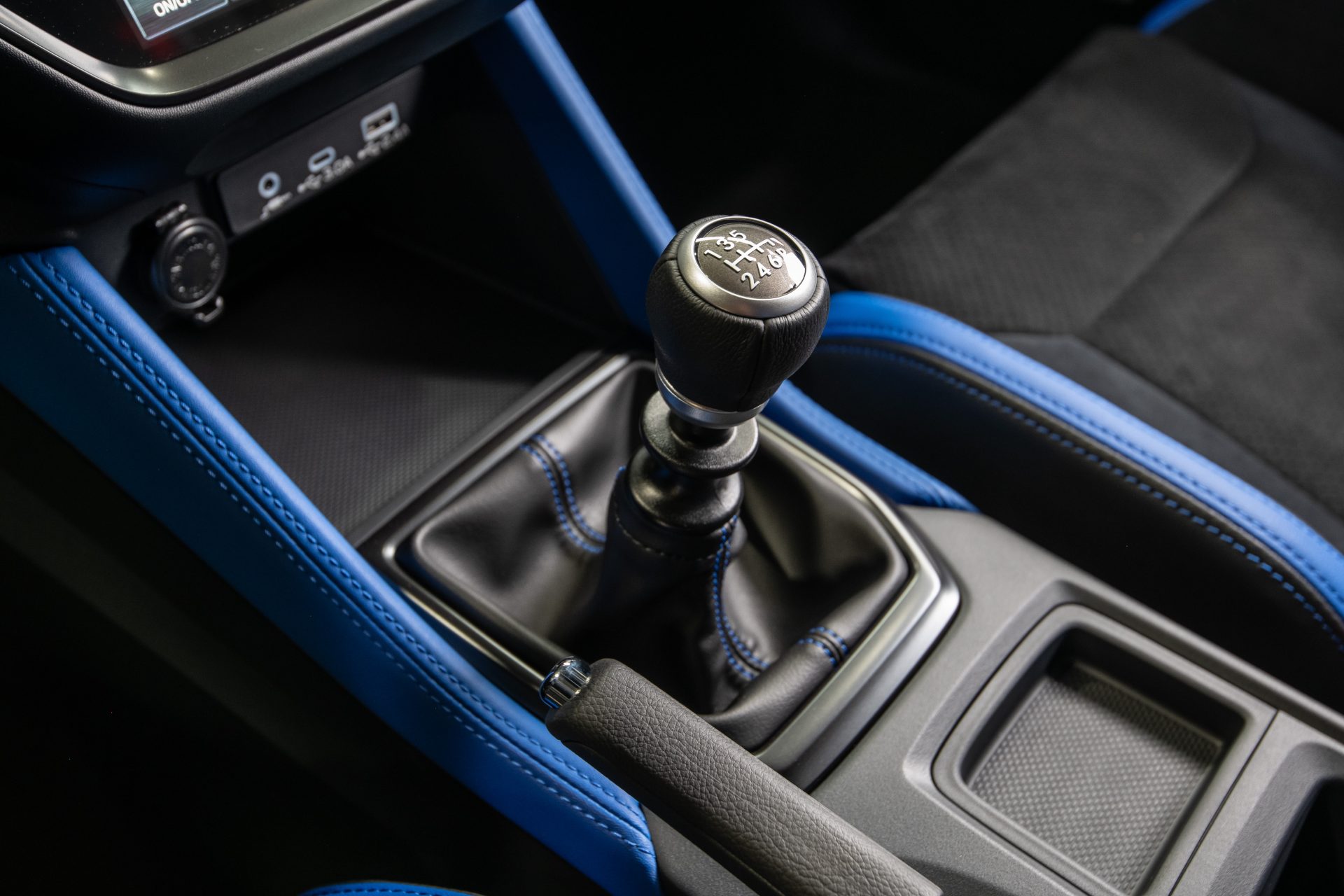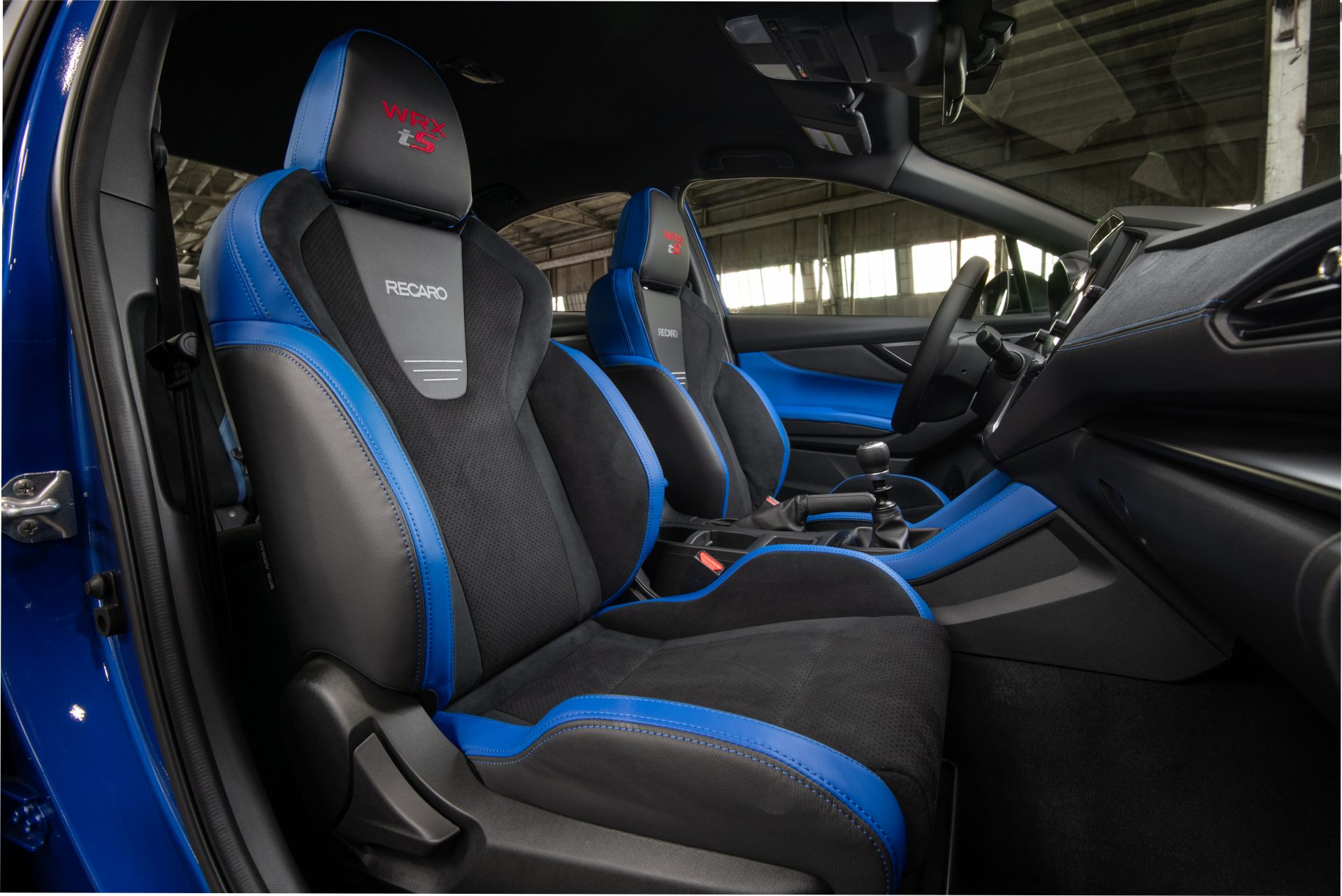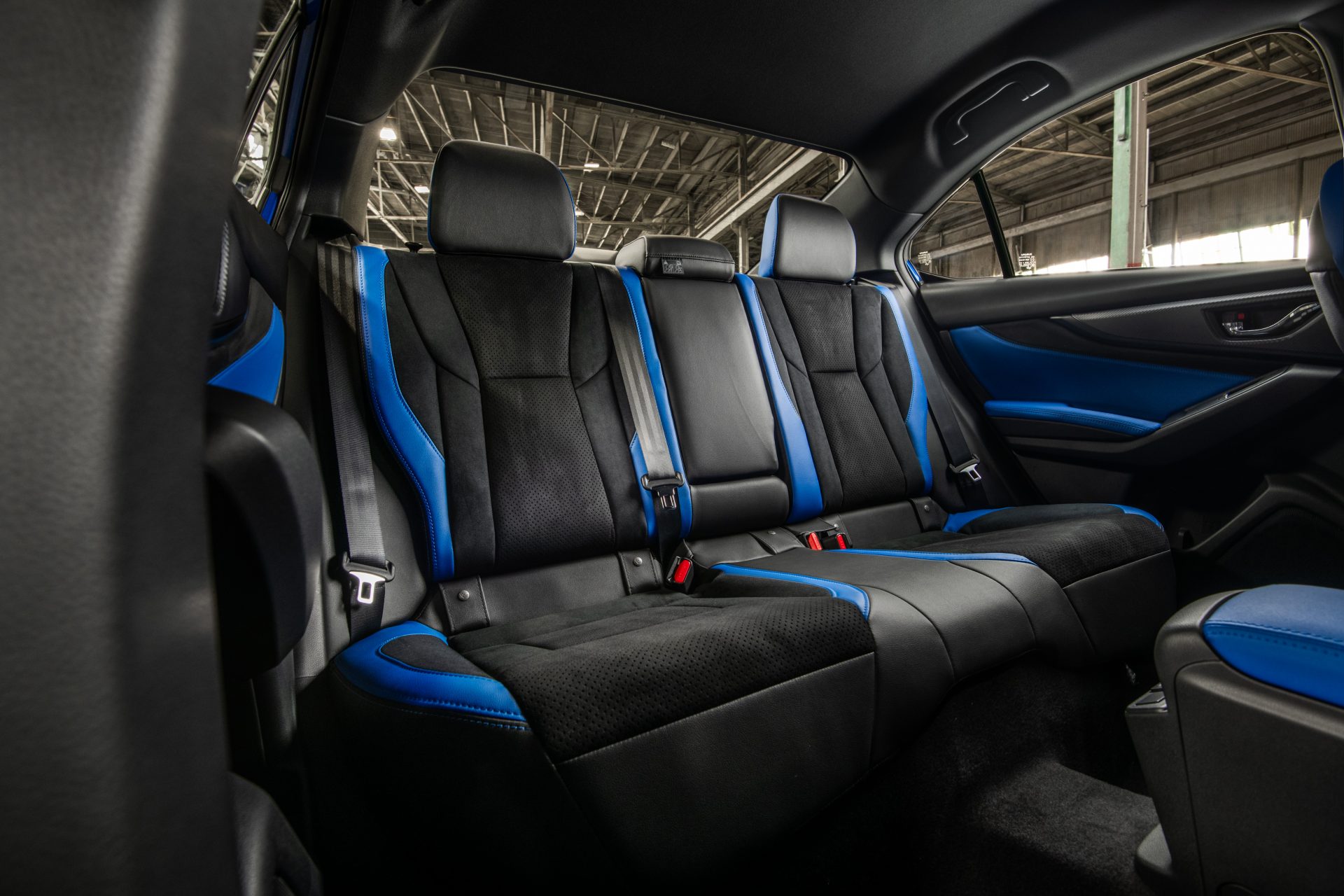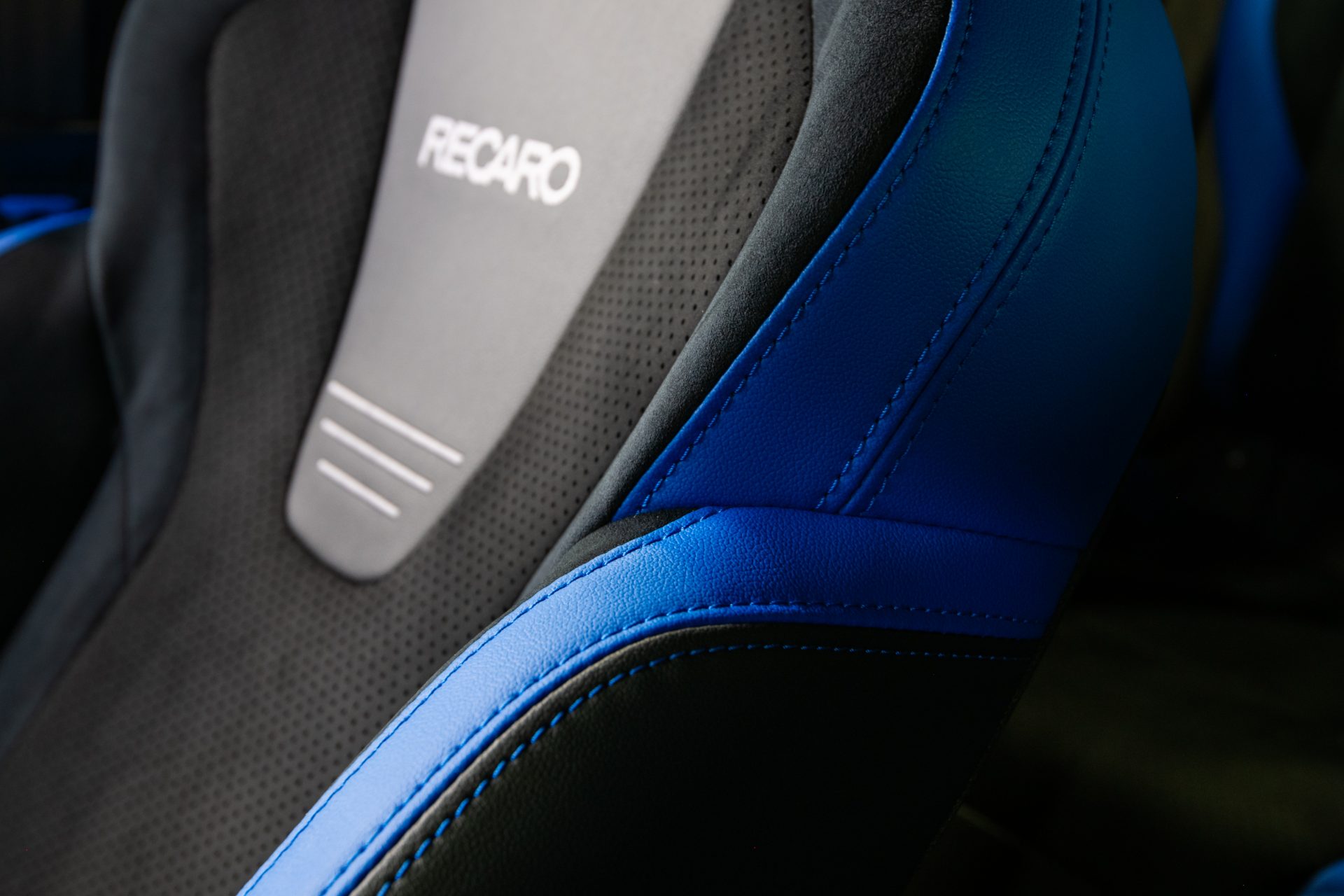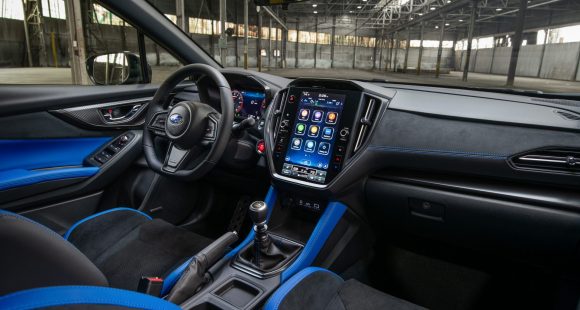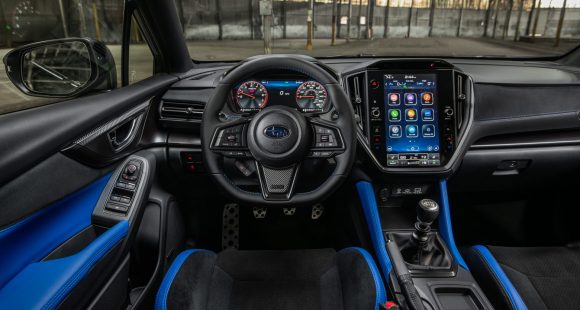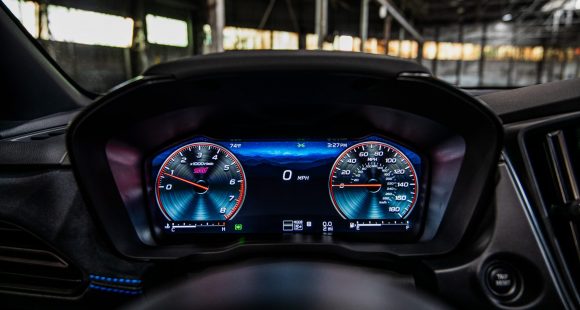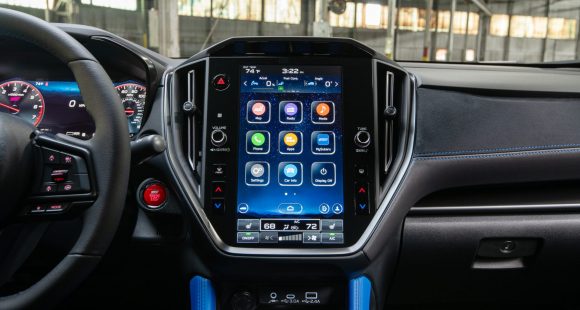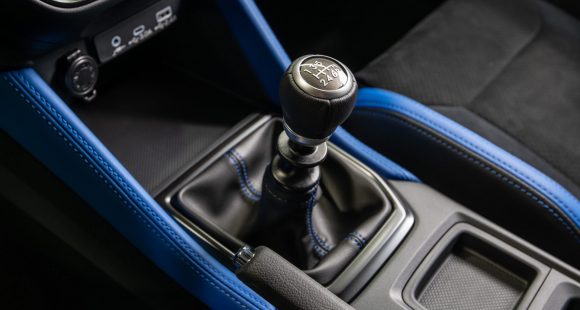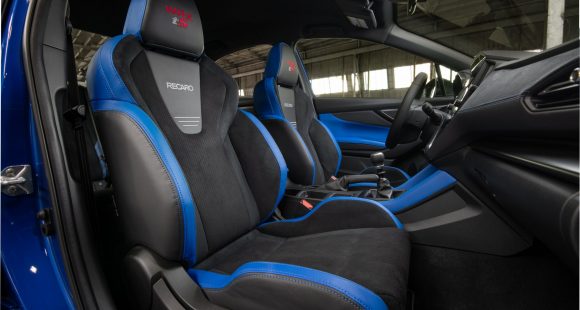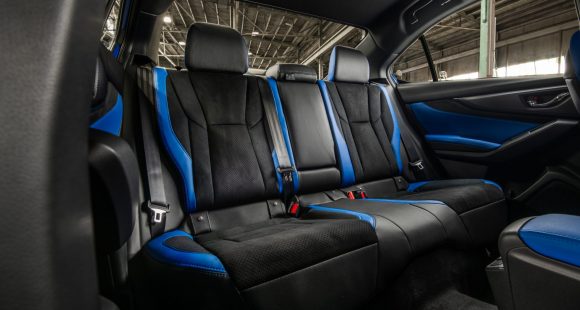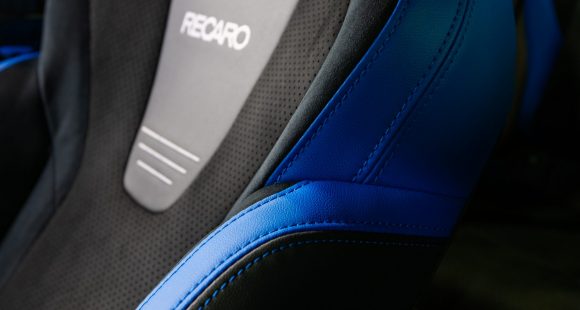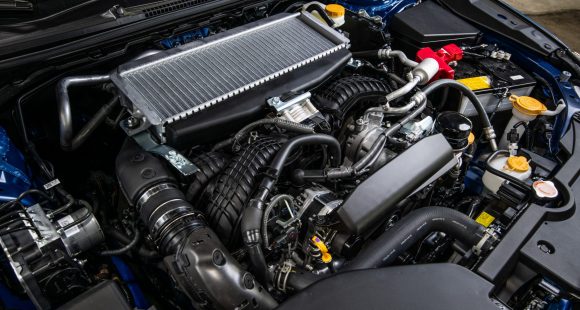2023 Porsche 911 GT3 RS
Level Up
At this point, we’ve given up predicting just how far Porsche can go with the iconic 911. For almost 60-years now, they’ve proved this rear-engine sports car is capable of things few thought possible. And now there’s a new GT3 RS that yet again takes performance to a new level. Time for us to try to figure it all out through the twists and turns of Savannah’s Roebling Road Raceway.
When it comes to driving this latest 992 generation of 911, each iteration that has arrived since 2019 has taken things to the next level, and granted driving rewards like never before. But like a video game or phone apps we waste countless hours on, just when you think you’ve reached the final level, there’s yet another quest to undertake. That brings us to this 2023 Porsche 911 GT3 RS.
It’s easily the most capable street-legal 911 yet, so tackling the 9-turns of Roebling is a challenge we couldn’t wait to take on. While it looks like a straight up race car; at its heart, it still feels like a 911. That basically means it’s way easier to drive than it should be, making you feel like a driving hero, despite your actual skills being far from it.
A big area of development for the RS was in aerodynamics; with active aero for the first time on a 911 GT3, enabling 3 times the amount of downforce of a standard GT3. Plus, a drag reduction system actively adjusting airflow up front and in back with an active multi-level wing.
Even front suspension parts have been reshaped, and front and rear wheel wells carefully chopped up to maximize airflow. That all means an immense amount of grip transferred to the 335 rear tires, which are mounted on your choice of forged aluminum, lightweight aluminum, or magnesium wheels. These sweet Indigo Blue 20-inch fronts and 21-inch rears are the aluminum lightweights.
It also means less drag down the long front straight, where we saw speeds well into the 160s at the end of it, while at the same time seeing corner speeds higher than we’ve ever experienced before here at Roebling. Getting on the throttle coming out of the turns is not a scary proposition at all, just immediate drama-free acceleration that has you wishing you would have gotten on the throttle harder and sooner.
And here in the RS, there are more possible tweaks than most of us know what to do with; typical suspension rebound and compression adjustments, but also rear differential settings, and you don’t even need to break out any tools, just turn the right dials on the steering wheel. That wheel is sensitive to even the most minor inputs, but not hyper feeling; just a willing and able point and shoot partner.
The RS still boasts the GT’s rear-mounted 4.0-liter flat-6, breathing free and unassisted by turbos, spinning up 518-horsepower and 342 lb-ft. of torque on its way to 9,000 rpm. Cooling is aided by a single large central front-mounted radiator instead of the standard GT3’s multi radiator approach. Added roof fins aren’t there for downforce, but for diverting hot air away from air intakes.
Rear-wheel-drive and PDK only, which makes launching as simple as it can be, repeatable, stress free, no-brain launches are hard with a fair amount of weight transfer, catapulting us to 60 in a scant 2.9-seconds. Shifts are quick and brutal, wasting no time or effort helping us complete the ¼-mile in 11.0-seconds flat at 128 miles-per-hour. And if that doesn’t put a smile on your face, you’re probably not doing it right.
The PDK transmission seems to know the exact right gear to be in at all times, but if you do trigger them, you’ll find the paddle shifters don’t quite feel as purposeful as the rest of the car, though the pro car’s magnesium units are available in the optional Weissach Package.
Things inside the RS look as serious as the outside; there’s a GT shifter, lots of chassis bracing, and unique well-bolstered full bucket seats. And while it mostly feels like a race car, all the modern tech you need to get you through your daily business is on hand, works well, and looks great.
Doors, hood, front fenders, and roof are all made of Carbon-Fiber Reinforced Plastic. And one final touch we’re fans of, the exterior graphics are a throwback to 1972’s 911 Carrera RS 2.7.
RS pricing starts steep at $225,250, about $50,000 over a standard GT3.
So, what is it that makes the 2023 Porsche 911 GT3 RS so special? Yes, it’s packed full of unique tech and race-spec. goodies that enable an amazing amount of performance to make it a weapon of mass domination for pro drivers. But, really, it’s the accessibility of all that performance that turns the RS into a hero-maker for the rest of us. That makes it really special indeed.
Specifications
- Engine: 4.0L Flat-6
- Horsepower: 518
- Torque: 342 lb-ft
- 0-60 mph: 2.9 seconds
- 1/4 Mile: 11.0 seconds at 128 mph
2025 Subaru WRX tS
Subaru’s “World Rally eXperimental” Gets Tecnica-Tuned Tech
Building on its global rally heritage, WRX has been a standalone Subaru nameplate, marketed separately from garden variety Impreza, for two generations now. And while the current WRX still lacks the full STI treatment, this WRX tS serves up some of that high-performance spice we’ve been longing for.
Before we go flat out into our Track Test of this 2025 Subaru WRX tS, lets open the Subaru dictionary so we’re all on the same page. “tS” stands for “tuned by STI;” and “STI” is an acronym for “Subaru Tecnica International,” the brand’s high-performance sub-group best known for upgrading the WRX— oh, that stands for “World Rally eXperimental,” in case you didn’t know.
All that said, STI has been largely dormant for this WRX generation, but this tS sprinkles more of their engineering magic into the mix. No, that doesn’t mean extra power, but does mean significant chassis-related improvements.
First, electronically controlled dampers, adjustable through the 11.6-inch tablet-style infotainment screen. That meant a softer “comfort” mode on the 10+ hour commute to and from Savannah’s Roebling Road Raceway. But once we were there, it was the firmer “Sport+” setting all the way, heightening response from the WRX’s throttle and already quick dual-pinion power steering system. There’s still some body roll for rally-esque weight transfer, but it’s well sorted and provides the “toss-ability” you want in a WRX.
Though if you do autocross your tS, which we implore you to do, you might feel the six-piston front, two-piston rear Brembo brakes first. The bite is strong, giving good rotation in the corners and plenty of “halt” for this 3,400 lb. compact with minimal fade, keeping us on track all week…until some unfortunate winter weather passed overhead. No worries here, as Subaru’s Symmetrical All-Wheel-Drive system got us to the track for some powdered deserts: Frosted donuts served up Michelin style, a set of winter tires different from the grippy Bridgestone Potenza S007 rubber the tS typically rides on. Some prior hot laps of California’s Sonoma Raceway gave credence to those Bridgestones, and showed us what this hot-compact can do in ideal conditions.
It’s well sorted and provides the “toss-ability” you want in a WRX.
Other tS enhancements are cabin-based, namely these beautiful blue Recaros. Most of our staff appreciated their moderately-aggressive bolstering on both street and track. And they’re even heated, too. Another tS-only appointment is this 12.3-inch digital gauge display. It mimics the standard analog gauges with some additional info, but can switch to a navigation mode for more convenient route guidance.
We do wish our tS came in the new Galaxy Purple or the trademark World Rally Blue, but this Crystal White paint wasn’t too shabby, contrasting its Cherry Blossom Red badging and blacked-out lip spoiler. Otherwise, the tS is like any other WRX, down to the hood scoop funneling air to the top-mounted intercooler.
Underneath is the same turbocharged 2.4-liter flat-four in all other trims, boxing at 271 horsepower and 258 lb-ft of torque. The freak winter weather stopped straight-line testing, but a 0-60 time estimate of 5.5 seconds is about as spry as you realistically need, pulling strong through most of the tach; though the 6,000 RPM redline required attentive shifting of the six-speed box, which the tS comes exclusively with. The throws are precise, if a little long, and the clutch is wonderfully weighted.
With discontinuation of the Base trim, pricing for the WRX now starts with Premium at $36,920. The tS is at the top of the lineup with the automatic-only GT, both starting at $46,875. All WRXs continue to be made in Gunma, Japan.
If you’re an enthusiast itching to do the tuning yourself, perhaps the 2025 Subaru WRX tS is not for you. But if you want a plug-and-play experience, this is it. While it won’t exactly bestow the loose-cannon, top-level driving skills exhibited by famous WRC drivers upon you, the tS moves this WRX’s game in a direction we’ve so desperately wanted Subaru to take.
Specifications
As Tested
- Engine: 2.4-liter flat-four
- Tranmission: 6-speed manual
- Horsepower: 271
- Torque: 258 lb-ft







